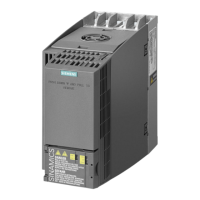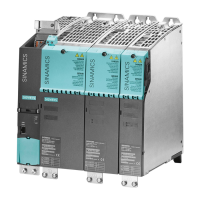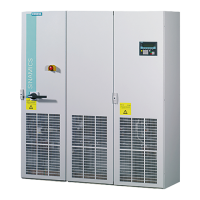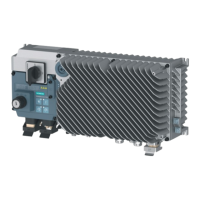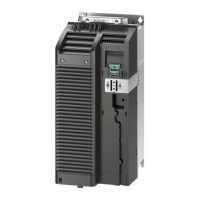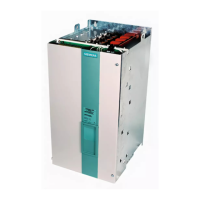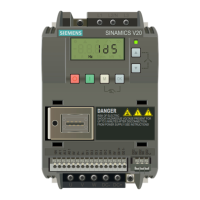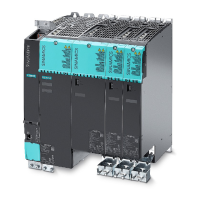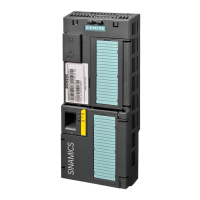Function modules
8.10 Parallel connection of power units
Drive functions
568 Function Manual, 11/2017, 6SL3097-4AB00-0BP5
The following rules must be observed when connecting Active Line Modules in parallel:
● Up to four identical Active Line Modules can be connected in parallel.
● Active Line Modules can only be connected and operated in parallel in the vector control
mode.
● A common Control Unit must always be used to implement the parallel connection.
● Special Line Connection Modules are available for connecting the modules in parallel.
● With multiple infeeds, power must be supplied to the systems from a common infeed
point (i.e. the modules cannot be operated on different line supplies).
● A derating factor of 5% must be taken into consideration, regardless of the number of
modules connected in parallel.
The following measures help to ensure balanced currents in parallel connections of Active
Line Modules:
● Reactors in the Clean Power Filters of the Active Interface Modules.
● Use of symmetrical power cabling between the transformer and the parallel-connected
Active Interface Modules / Active Line Modules (cables of identical type with the same
cross-section and length).
● The current reduction from the rated value for individual Active Interface Modules / Active
Line Modules in a parallel connection is 5%.
6-pulse, redundant parallel connection of Active Line Modules with multiple Control Units
For a description of parallel connections of multiple Active Line Modules under the control of
separate Control Units, please refer to section "Master/slave function for Active Infeed
(Page 549)".
12-pulse parallel connection of Active Line Modules
The 12-pulse parallel connection can operate in master-slave mode (section "Master/slave
function for Active Infeed (Page 549)").
Modules with different ratings can be included in the connection (as in the case of 6-pulse
master-slave operation).
Parallel connection of Motor Modules
Up to four Motor Modules operating in parallel can supply a single motor in vector control.
The motor can have electrically isolated winding systems or a common winding system. The
type of winding system defines the following requirements:
● The required decoupling measures at the outputs of the Motor Modules connected in
parallel
● The possible modulation systems to generate pulse patterns
In conjunction with the type of infeed, the modulation systems define the maximum
attainable output voltage or the maximum attainable motor voltage.

